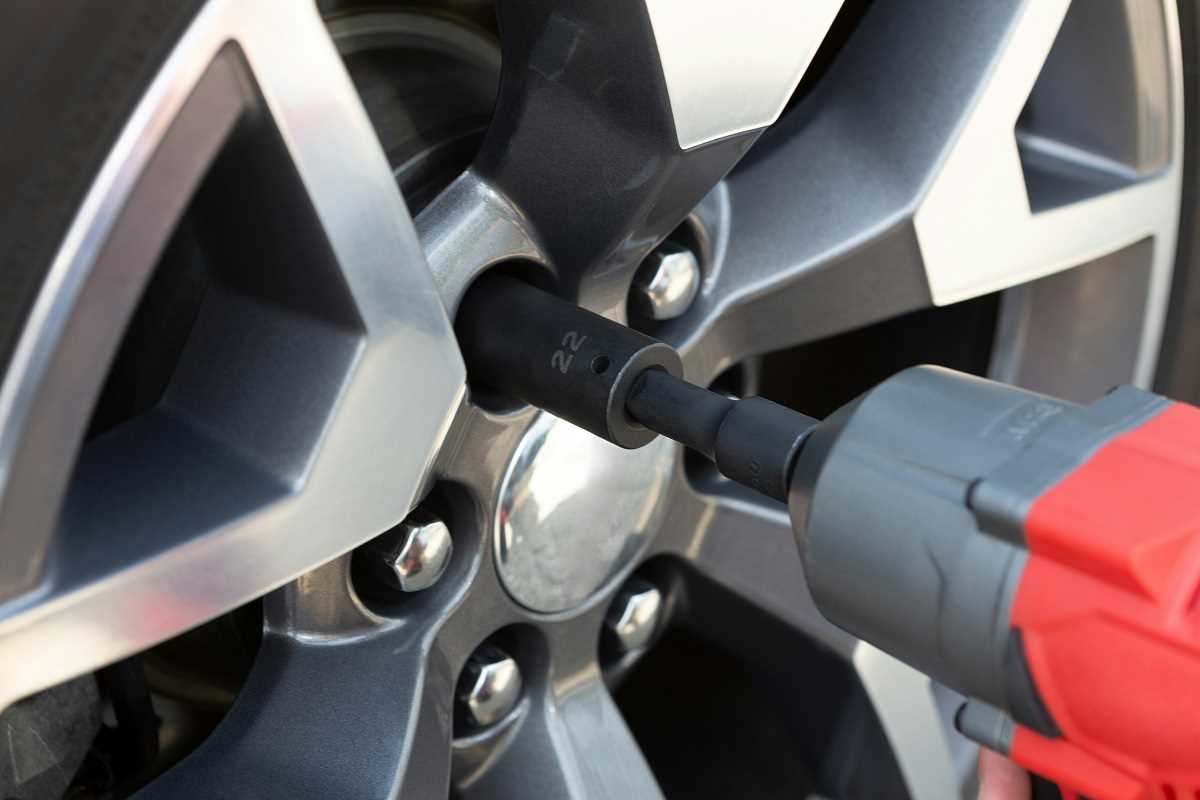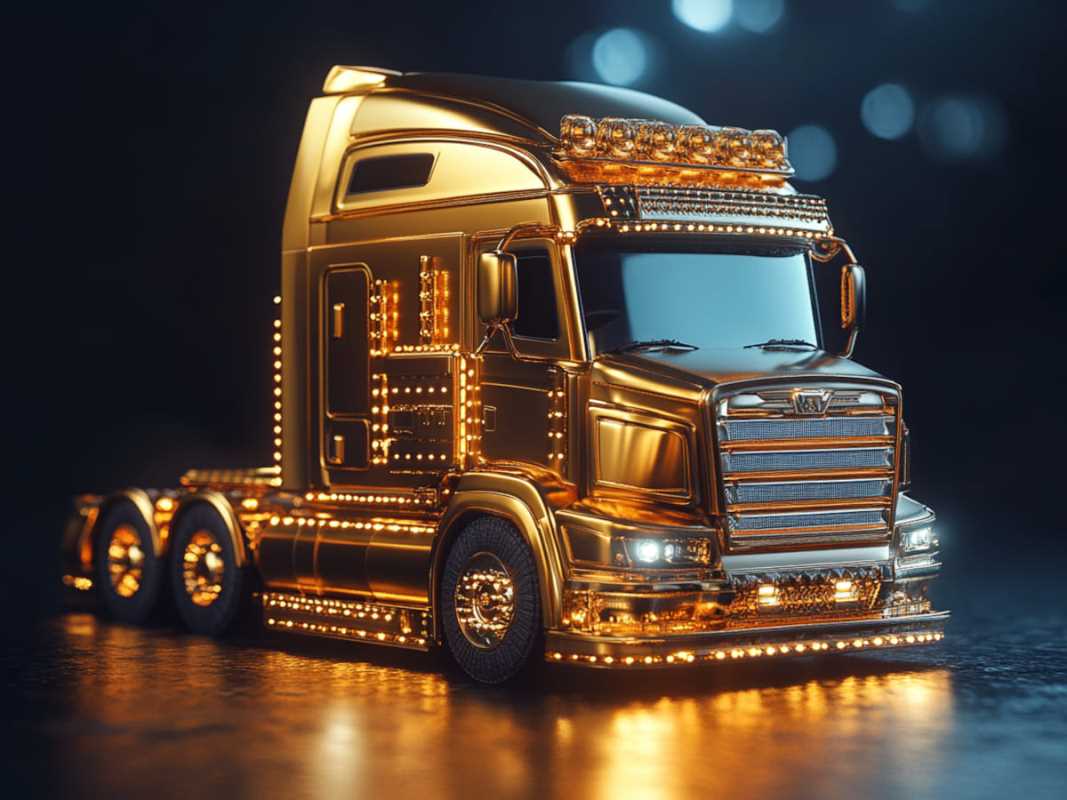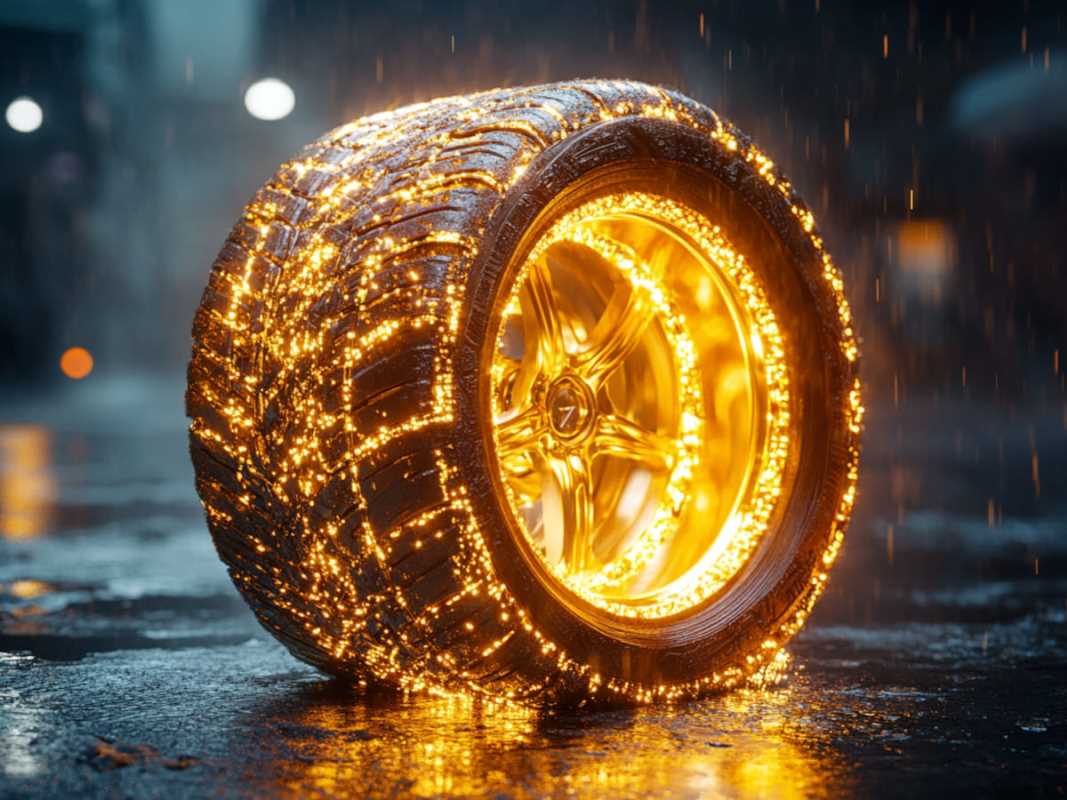Remember when safety features meant seatbelts and maybe an airbag or two if you were lucky? Those days are long gone, replaced by crossovers packed with so many sensors and cameras they're basically rolling surveillance systems with cupholders. The 2024 models have taken these safety innovations to new heights, with features that would have seemed like science fiction back when we were all driving around in Ford Explorers with Nirvana blasting on the CD player.
Today's crossovers aren't just designed to protect you during a crash, they're actively working to prevent that crash from happening in the first place. The best models combine passive safety (the stuff that protects you when things go wrong) with increasingly sophisticated active safety systems (the tech that tries to keep things from going wrong at all). It's like having a paranoid co-pilot constantly scanning for dangers while you're busy singing along to whatever replaced Nirvana in your playlist.
For families shopping in this segment, and let's be honest, that's most of us who've grudgingly accepted our transition from cool individuals to harried parents, safety rankings have become the new horsepower wars. Manufacturers know that nothing motivates a parent to sign on the dotted line faster than the promise that this particular two-ton metal box will keep their precious cargo safer than the competitor's nearly identical two-ton metal box. And so the safety arms race continues, benefiting all of us in the process.
The Top Performers in Crash Testing
The 2024 Subaru Forester continues the brand's safety dynasty with perfect scores across all IIHS crash test categories. Subaru has built its entire identity around safety and all-weather capability, and the latest Forester doesn't disappoint. Its redesigned front structure has been optimized specifically for the demanding small overlap test, where forces are concentrated on just 25% of the front end. The result is a vehicle that maintains cabin integrity even in the most punishing impacts. What sets the Forester apart is how it achieves these results without ballooning in weight, a neat trick considering that adding mass is the easiest (but least efficient) way to improve crash performance.
Volvo's XC60 remains the standard-bearer for safety-obsessed luxury buyers, earning not just top marks in crash tests but also the highest ratings for its collision avoidance systems. Volvo's commitment to safety borders on the fanatical, they've maintained a dedicated crash investigation team since the 1970s that studies real-world accidents involving their vehicles. This research-driven approach shows in how the XC60's safety cage uses different grades of steel in strategic locations, with ultra-high-strength boron steel around the passenger compartment. It's essentially a tank disguised as a luxury vehicle, which is exactly what you want when some distracted driver in an F-150 decides to run a red light.
Toyota's RAV4 Prime demonstrates that adding heavy battery packs to create a plug-in hybrid doesn't have to compromise safety, in fact, it can enhance it. The Prime required special engineering to protect its battery pack and maintain proper weight distribution, but the effort paid off with top safety scores. Engineers reinforced the floor structure to protect the battery during side impacts while also ensuring the additional weight wouldn't negatively affect handling during emergency maneuvers. It's impressive packaging that manages competing priorities of electrification and crash protection, something we'll see more of as crossovers continue their inevitable march toward electrification.
Advanced Driver Assistance Systems That Actually Work
Automatic emergency braking systems have matured significantly, with the 2024 Honda CR-V's system earning perfect scores in both daytime and nighttime pedestrian detection scenarios. Early versions of these systems were prone to false positives (panic braking for shadows) or false negatives (failing to detect actual obstacles), but Honda's latest radar-and-camera fusion approach has dramatically improved reliability. What sets the CR-V's system apart is its performance in low-light conditions, where most competing systems still struggle. The system can detect a pedestrian crossing at 35 mph in nighttime conditions and bring the vehicle to a complete stop, a scenario that frequently ends in tragedy with human drivers.
360-degree camera systems have transformed from grainy, disorienting novelties to genuinely useful safety features, with the Genesis GV70's system setting the standard for clarity and functionality. Using four high-definition cameras, the system creates a seamless bird's-eye view of the vehicle's surroundings, with object detection that highlights potential hazards. What separates the GV70's implementation from competitors is the ability to maintain this view at speeds up to 10 mph, making it useful not just for parking but also for navigating tight spaces like drive-throughs or narrow alleys. It's the kind of feature that makes you wonder how you ever parallel parked without it, especially if you live in a city where parking spaces seem to shrink a few inches every year.
Family-Friendly Safety Features
Child seat attachment systems have seen meaningful improvements, with the 2024 Chevrolet Equinox offering what might be the most thoughtfully designed LATCH anchors in the segment. The clearly marked, easily accessible lower anchors don't require digging between seat cushions, and the tether anchors are positioned to maintain proper seat angle. It may sound trivial until you've spent 45 minutes wrestling with a car seat installation only to discover it's still loose enough to shift more than an inch side-to-side. Chevy's engineers clearly had actual parents on the design team, probably the ones with the permanent dark circles under their eyes and mysterious stains on their work clothes.
Exit warning systems that prevent doors from opening when approaching traffic is detected have reached new levels of sophistication in the Audi Q5. The system uses radar sensors to detect approaching vehicles, cyclists, or scooters, providing audible and visual warnings before physically preventing the door from opening into the path of danger. This addresses a surprisingly common accident type, dooring, that affects cyclists in urban areas and can have devastating consequences. It's the kind of thoughtful feature that recognizes modern urban mobility involves sharing space with vulnerable road users who aren't wrapped in a protective metal cage.
Beyond the Ratings: Real-World Safety Considerations
- Ground clearance and approach/departure angles affect off-road safety and the ability to navigate flooded roads
- Visibility factors including pillar thickness, window size, and mirror design impact your ability to spot hazards
- Tire quality dramatically influences stopping distance and handling in emergency maneuvers
- Driving position and ergonomics determine how quickly you can react to emergency situations
- Brake heat management affects stopping performance during repeated heavy braking scenarios
- Vehicle stability during crosswinds impacts highway safety, especially for taller crossovers
- Underride protection prevents smaller vehicles from sliding beneath crossovers in collisions
- Emergency response system reliability determines post-crash communication capabilities
The safety features that matter most in real-world conditions sometimes diverge from the carefully controlled crash test scenarios. Take visibility, for instance. No safety organization adequately tests for the massive blind spots created by the chunky pillars supporting fashionably raked rooflines. These design elements look great in showrooms but create dangerous blind zones at intersections where motorcyclists and pedestrians seem to disappear from view. The Subaru Outback and Honda CR-V maintain larger glass areas and thinner pillars than most competitors, significantly reducing these blind spots.
The transition to electrification brings new safety considerations that traditional testing doesn't fully capture. Battery location affects center of gravity and crash structure design. The Volkswagen ID.4 and Toyota RAV4 Prime take different approaches to protecting their battery packs and high-voltage systems in collisions. These differences won't appear in conventional crash test results but could significantly affect outcomes in certain accident types and the risk of post-crash fires. As more crossovers offer electrified powertrains, these EV-specific safety factors will become increasingly important in the overall safety equation.
 (Image source: Midjourney)
(Image source: Midjourney) 
.jpg)




